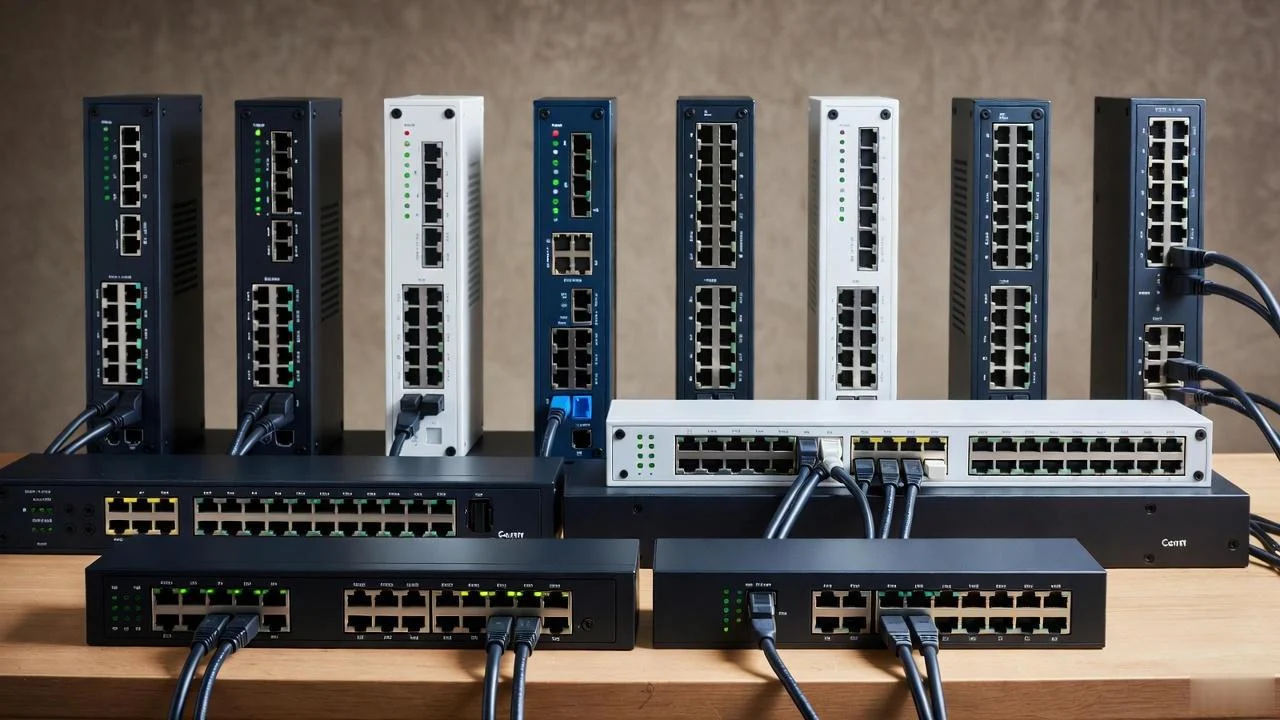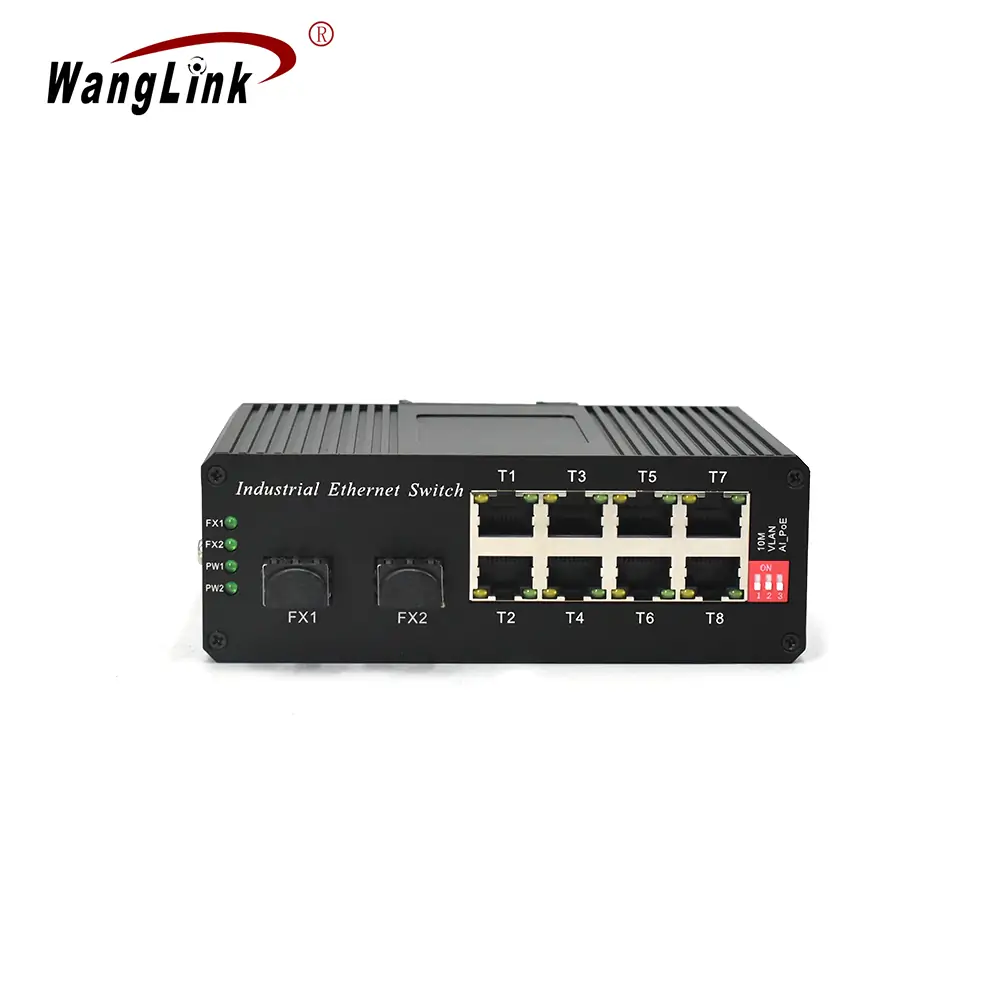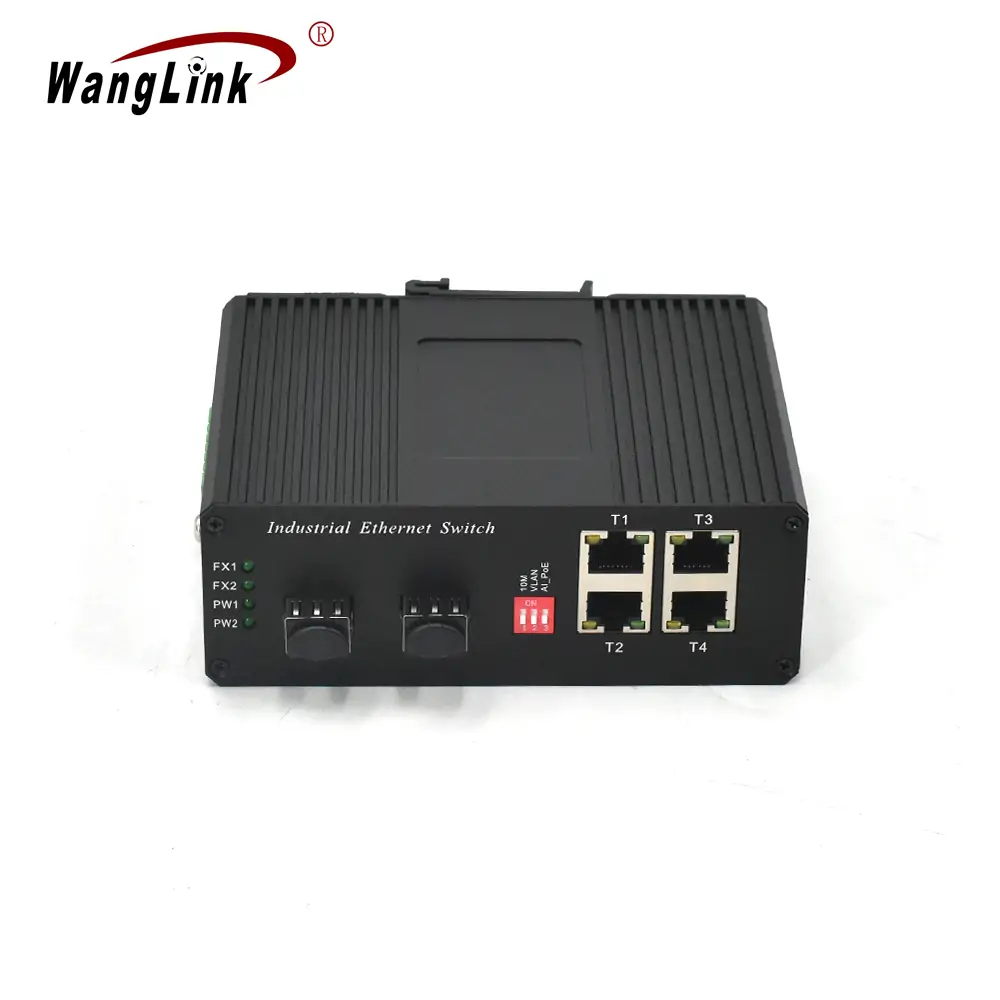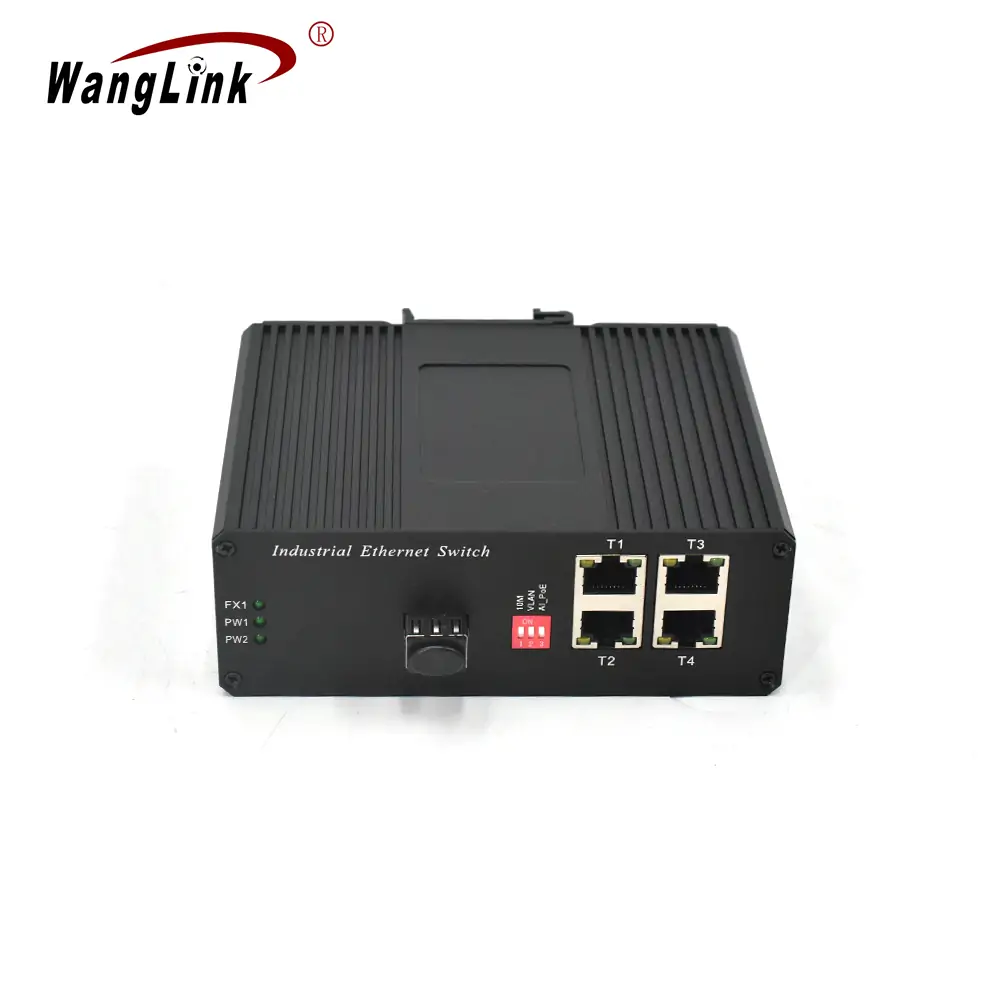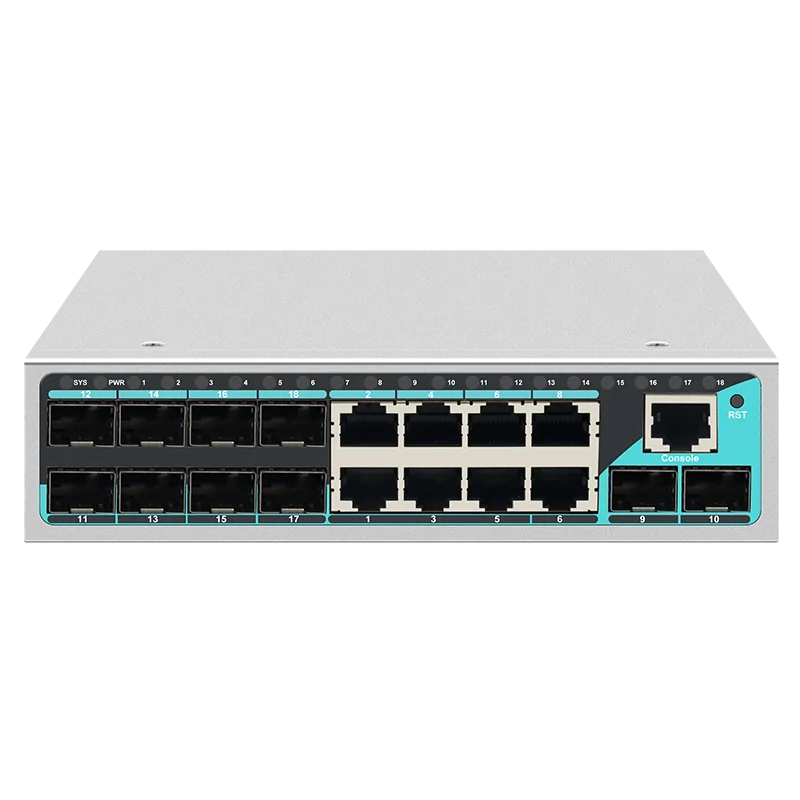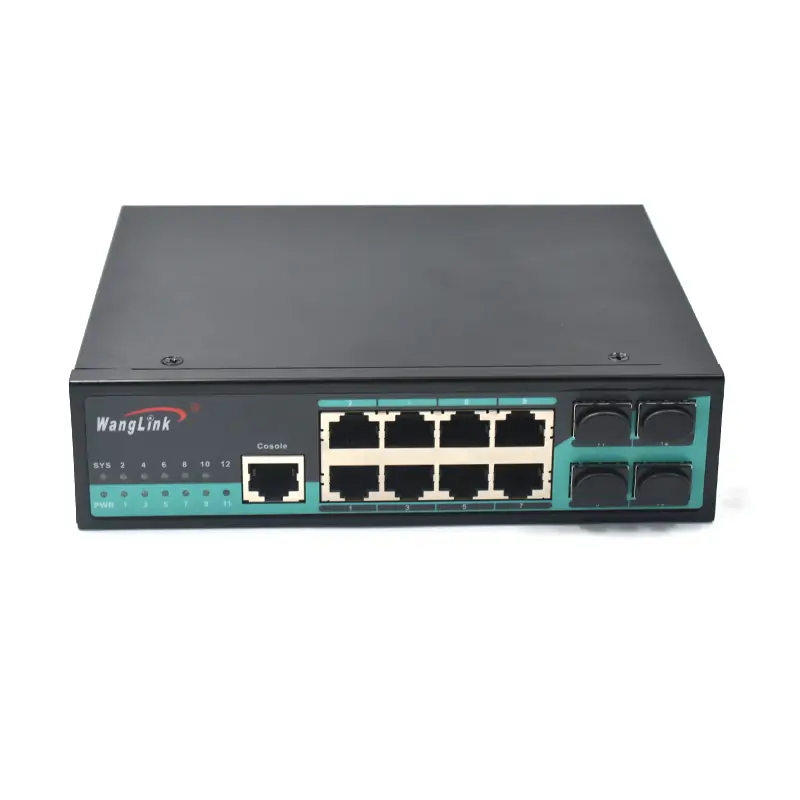The Complete Guide to Ethernet Switches: Types, Applications, and Choosing the Right Manufacturer
In today’s interconnected world, ethernet switches serve as the backbone of modern networking infrastructure. These critical devices enable seamless communication between computers, servers, printers, and other network-enabled devices within local area networks (LANs). As businesses increasingly rely on digital connectivity, understanding ethernet switch technology becomes essential for making informed networking decisions.

Understanding Ethernet Switch Fundamentals
What is an Ethernet Switch?
An ethernet switch is a networking device that operates at the data link layer (Layer 2) of the OSI model. Unlike hubs that simply repeat signals, switches intelligently forward data packets only to their intended recipients, creating dedicated communication channels between connected devices. This intelligent packet forwarding significantly improves network performance and security.
Key Functions of Ethernet Switches
Modern ethernet switches perform several critical functions:
- MAC Address Learning: Switches maintain a MAC address table to track connected devices
- Frame Forwarding: Intelligent packet routing based on destination MAC addresses
- Collision Domain Separation: Each port creates its own collision domain
- Bandwidth Allocation: Full duplex communication providing dedicated bandwidth per port
- VLAN Support: Virtual LAN creation for network segmentation
Types of Ethernet Switches
1. Unmanaged Ethernet Switches
Unmanaged switches offer plug-and-play functionality without configuration requirements. These devices are ideal for small offices, home networks, and simple connectivity needs.
Advantages:
- Easy installation and setup
- Cost-effective solution
- No technical expertise required
- Reliable basic connectivity
Common Applications:
- Small office networks
- Home entertainment systems
- Basic device connectivity
- Temporary network extensions
2. Managed Ethernet Switches
Managed switches provide advanced configuration options and network control features. These sophisticated devices offer comprehensive network management capabilities.
Key Features:
- SNMP monitoring and management
- VLAN configuration and management
- Quality of Service (QoS) controls
- Port mirroring and security features
- Remote management capabilities
Popular managed switch models include the SG802M Gigabit Layer 2 Ethernet Switch, which offers 8 RJ45 ports and 2 SFP ports for fiber connectivity.
3. Industrial Ethernet Switches
Industrial switches are designed for harsh environments and mission-critical applications. These ruggedized devices withstand extreme temperatures, vibrations, and electromagnetic interference.
Industrial Switch Specifications:
| Feature | Standard Switch | Industrial Switch |
|---|---|---|
| Operating Temperature | 0°C to 40°C | -40°C to 75°C |
| Humidity Tolerance | 10% to 90% | 5% to 95% |
| Vibration Resistance | Limited | IEC 60068-2-6 |
| Power Supply | AC only | AC/DC options |
| Mounting Options | Desktop/Rack | DIN rail/Wall mount |
| MTBF | 50,000 hours | 200,000+ hours |
The ISG1602M Gigabit Industrial 16 Port Managed Ethernet Switch exemplifies industrial-grade reliability with 16 ports and 2 SFP slots for demanding applications.
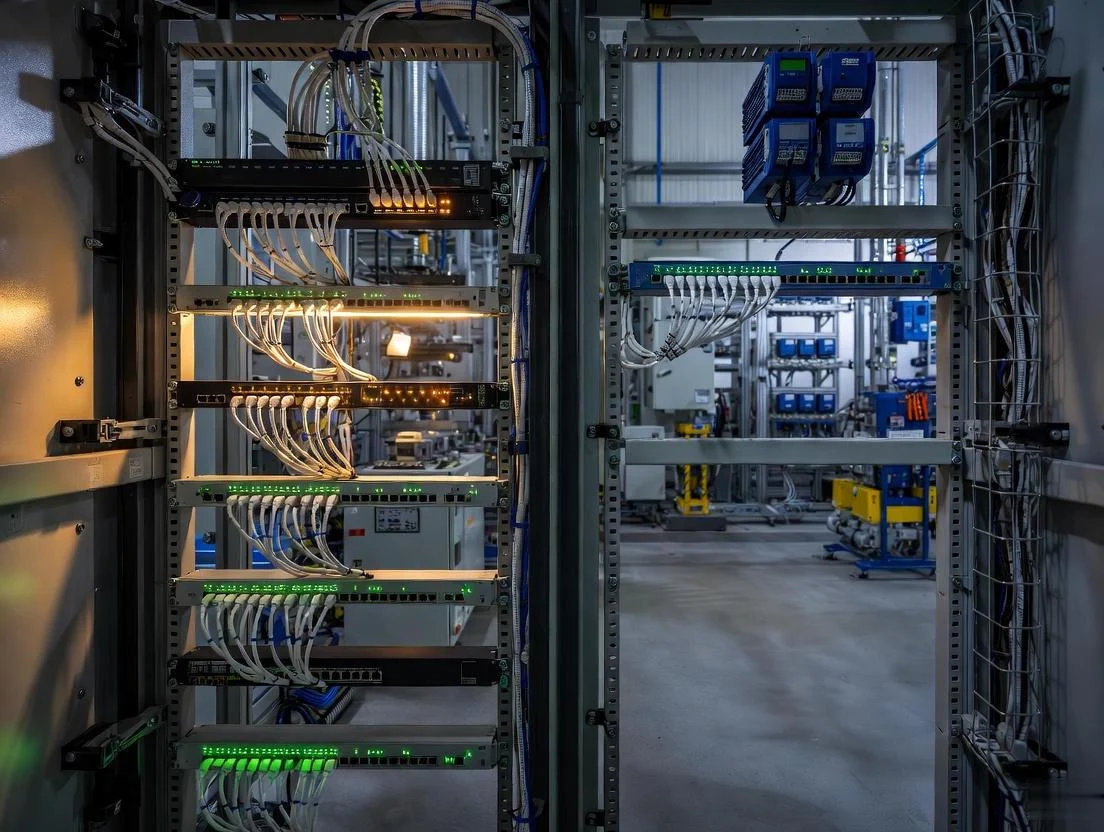
Power over Ethernet (PoE) Switches
PoE switches combine data transmission with power delivery through ethernet cables, eliminating the need for separate power supplies for connected devices.
PoE Standards and Power Levels
| PoE Standard | Power Output | Typical Applications |
|---|---|---|
| IEEE 802.3af (PoE) | 15.4W | IP phones, basic cameras |
| IEEE 802.3at (PoE+) | 30W | WiFi access points, PTZ cameras |
| IEEE 802.3bt (PoE++) | 60W/100W | High-power devices, LED lighting |
Benefits of PoE Technology
- Simplified Installation: Single cable for power and data
- Cost Reduction: Eliminates electrical work requirements
- Centralized Power Management: UPS backup for all connected devices
- Flexible Device Placement: No proximity to power outlets required
- Remote Power Control: Ability to restart devices remotely
Real-World Case Studies
Case Study 1: Smart Office Implementation
Challenge: A 200-employee technology company needed to upgrade their network infrastructure to support IoT devices, IP phones, and wireless access points.
Solution: Wanglink provided a comprehensive solution including:
- 12x ISG802M Gigabit Industrial 8 Port Managed Ethernet Switches for department-level connectivity
- PoE+ switches for powering 150 IP phones and 50 wireless access points
- Fiber uplinks using SFP modules for backbone connectivity
Results:
- 40% reduction in installation time
- 25% decrease in ongoing maintenance costs
- 99.9% network uptime achieved
- Seamless integration of 300+ IoT devices
Case Study 2: Manufacturing Plant Network Upgrade
Challenge: An automotive parts manufacturer required ruggedized networking equipment for their production floor with extreme temperature variations and electromagnetic interference.
Solution: Implementation included:
- 25x ISG410-2005 Unmanaged Industrial Ethernet Switches for machine connectivity
- Redundant ring topology for network resilience
- Custom enclosures for additional environmental protection
Results:
- Zero network-related production downtime in 18 months
- 50% faster data collection from manufacturing equipment
- Improved predictive maintenance capabilities
- ROI achieved within 8 months
Choosing the Right Ethernet Switch Manufacturer
Key Selection Criteria
When selecting an ethernet switch manufacturer, consider these critical factors:
1. Manufacturing Experience and Expertise
Look for manufacturers with proven track records. Wanglink, with over 13 years of manufacturing experience, has developed thousands of products serving various industries.
2. Product Portfolio Diversity
A comprehensive product range ensures you can find solutions for different applications:
- Unmanaged Switches: ISF810 Fast Ethernet Industrial Switch
- Managed Solutions: ISG804M Gigabit Industrial 8 Port Ethernet Switch
- Compact Options: ISG101-2005 Unmanaged Industrial Gigabit Switch
3. Customization Capabilities
Modern businesses often require tailored solutions. Leading manufacturers offer comprehensive customization services from PCBA design to final packaging.
4. Quality Assurance and Certifications
Ensure your manufacturer maintains relevant certifications:
- ISO 9001 quality management
- FCC/CE compliance
- RoHS environmental standards
- UL safety certifications
5. Supply Chain Reliability
Consistent product availability is crucial for business continuity. Manufacturers maintaining substantial inventory (like Wanglink’s $30 million stock value) ensure rapid delivery and project timeline adherence.

Advanced Ethernet Switch Features
Layer 3 Switching Capabilities
Modern managed switches often include Layer 3 routing features:
- Inter-VLAN Routing: Communication between different VLANs
- Static Routing: Manual route configuration for specific networks
- Dynamic Routing Protocols: OSPF and RIP support
- Access Control Lists (ACLs): Traffic filtering and security policies
Network Security Features
Enterprise-grade switches incorporate robust security measures:
- Port Security: MAC address limiting and learning
- 802.1X Authentication: Network access control
- DHCP Snooping: Protection against rogue DHCP servers
- Storm Control: Broadcast and multicast traffic limiting
- SSH/SSL Management: Encrypted management access
Quality of Service (QoS) Implementation
QoS features ensure optimal performance for critical applications:
- Traffic Classification: Identifying different traffic types
- Priority Queuing: Preferential treatment for important data
- Bandwidth Allocation: Guaranteed bandwidth for specific applications
- Traffic Shaping: Controlling data flow rates
Installation and Configuration Best Practices
Physical Installation Guidelines
- Environmental Considerations
- Maintain proper ventilation and temperature control
- Protect from dust, moisture, and electromagnetic interference
- Ensure adequate power supply and grounding
- Cable Management
- Use appropriate cable categories (Cat5e, Cat6, Cat6a)
- Maintain proper bend radius to prevent signal degradation
- Implement organized labeling systems
- Rack Mounting Standards
- Follow EIA-310 rack standards
- Maintain proper spacing for heat dissipation
- Use appropriate mounting hardware
Network Design Considerations
Hierarchical Network Design
Implement a three-tier architecture:
| Layer | Function | Switch Type |
|---|---|---|
| Core | High-speed backbone | Layer 3 switches |
| Distribution | Policy enforcement | Managed Layer 2/3 |
| Access | End-device connectivity | Unmanaged/Managed |
Redundancy and Failover
- Spanning Tree Protocol (STP): Loop prevention
- Link Aggregation: Increased bandwidth and redundancy
- Dual Power Supplies: Hardware-level redundancy
- Ring Topology: Industrial network resilience
Troubleshooting Common Issues
Performance Problems
- Bandwidth Bottlenecks
- Monitor port utilization statistics
- Implement link aggregation where needed
- Upgrade to higher-speed interfaces
- Latency Issues
- Check for network loops
- Optimize QoS configurations
- Verify cable integrity
Connectivity Problems
- Link Failures
- Verify cable connections and integrity
- Check port configurations and status
- Test with known-good cables
- VLAN Configuration Issues
- Verify VLAN membership settings
- Check trunk port configurations
- Validate inter-VLAN routing
Future Trends in Ethernet Switching
Software-Defined Networking (SDN)
SDN technology is revolutionizing network management:
- Centralized network control
- Programmable network behavior
- Dynamic policy implementation
- Improved network visibility
Multi-Gigabit Ethernet
Next-generation speeds are becoming mainstream:
- 2.5GbE and 5GbE for wireless access points
- 10GbE for server connections
- 25GbE and beyond for data centers
Edge Computing Integration
Switches are evolving to support edge computing:
- Built-in processing capabilities
- Local data analytics
- Reduced latency for IoT applications
- Enhanced security at the network edge
Frequently Asked Questions (FAQ)
Q1: What’s the difference between managed and unmanaged ethernet switches?
A: Unmanaged switches provide basic plug-and-play connectivity without configuration options, while managed switches offer advanced features like VLAN support, QoS controls, SNMP monitoring, and remote management capabilities. Managed switches are ideal for enterprise environments requiring network control and optimization.
Q2: How do I determine the right number of ports for my ethernet switch?
A: Calculate your current device count and add 20-30% for future growth. Consider the types of devices (computers, printers, access points, IP cameras) and their bandwidth requirements. For high-density areas, consider switches with 24 or 48 ports to minimize the number of devices needed.
Q3: Can I mix different speed ethernet devices on the same switch?
A: Yes, modern ethernet switches support auto-negotiation, allowing 10/100/1000 Mbps devices to coexist on the same switch. However, each port operates at the speed of the connected device, so a 100 Mbps device won’t benefit from gigabit switch capabilities.
Q4: What is the maximum cable length for ethernet connections?
A: Standard ethernet cables (Cat5e, Cat6) support maximum distances of 100 meters (328 feet) for reliable data transmission. For longer distances, consider fiber optic connections using SFP modules or ethernet extenders.
Q5: How important is PoE capability in ethernet switches?
A: PoE capability is crucial if you plan to connect devices like IP phones, wireless access points, IP cameras, or IoT sensors. PoE eliminates the need for separate power supplies and enables flexible device placement without proximity to power outlets.
Q6: What should I look for in an industrial ethernet switch?
A: Industrial switches should feature extended temperature ranges (-40°C to 75°C), vibration resistance, electromagnetic interference protection, redundant power inputs, and ruggedized enclosures. Look for certifications like IEC 61850 for power utility applications or EN 50155 for railway environments.
Q7: How do I ensure network security with ethernet switches?
A: Implement managed switches with security features like 802.1X authentication, port security, DHCP snooping, and access control lists (ACLs). Regular firmware updates, strong management passwords, and network segmentation through VLANs also enhance security.
Q8: What’s the typical lifespan of an ethernet switch?
A: Quality ethernet switches typically last 5-10 years in office environments and 10-15 years in industrial applications. Factors affecting lifespan include environmental conditions, power quality, usage patterns, and maintenance practices. Industrial-grade switches generally offer longer operational life.
Conclusion
Selecting the right ethernet switch and manufacturer is crucial for building reliable, scalable network infrastructure. Whether you need basic connectivity solutions or advanced managed switches with industrial-grade reliability, partnering with an experienced manufacturer like Wanglink ensures access to quality products, comprehensive support, and customization capabilities.
With over 13 years of manufacturing expertise and a diverse product portfolio ranging from compact 5-port industrial switches to sophisticated managed solutions, Wanglink provides the networking foundation your business needs to thrive in today’s connected world.
For personalized consultation and product recommendations, contact our experts at [email protected] or WhatsApp +8613544167258. Visit our products page to explore our complete range of ethernet switches, PoE switches, and networking solutions designed to meet your specific requirements.
